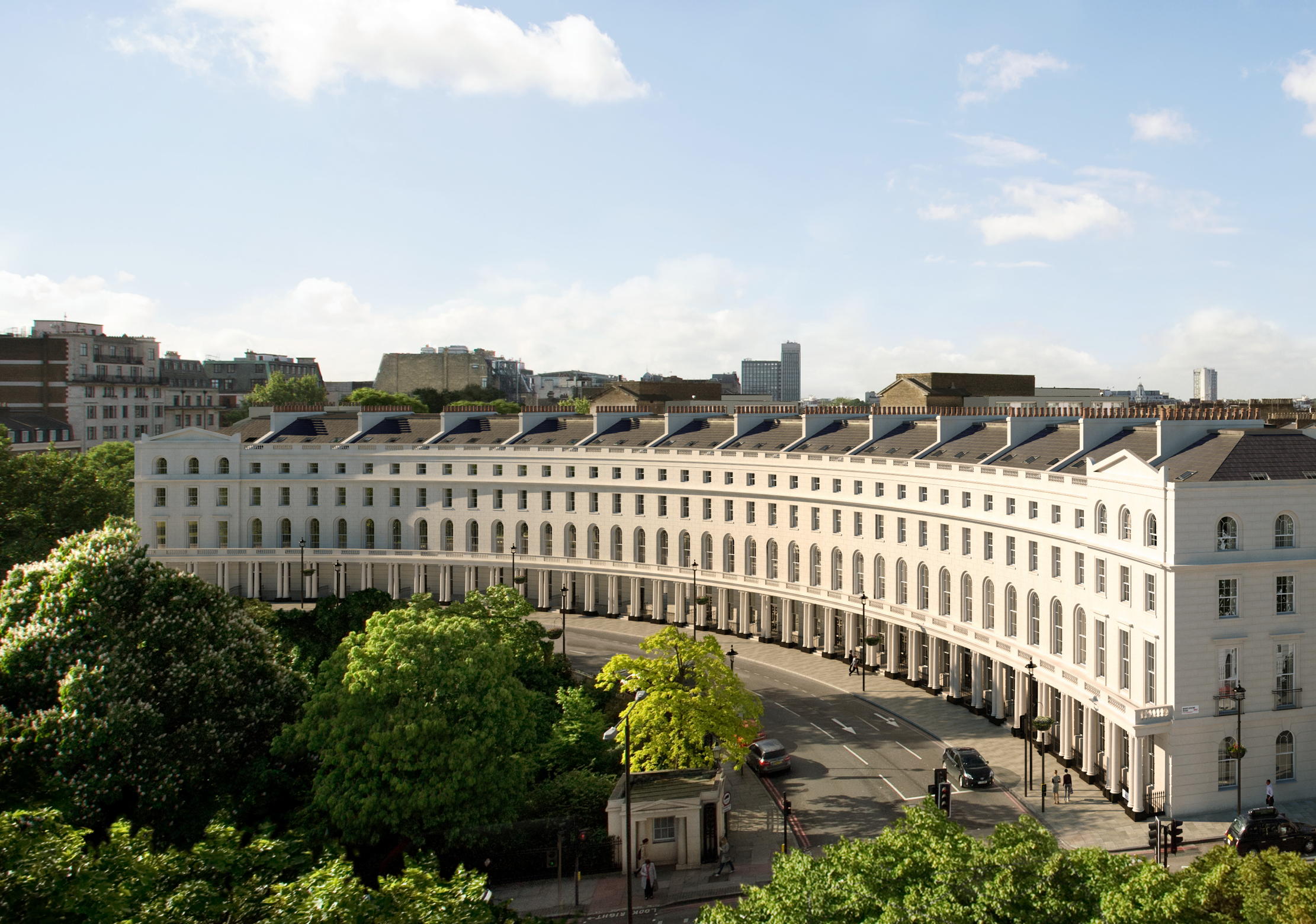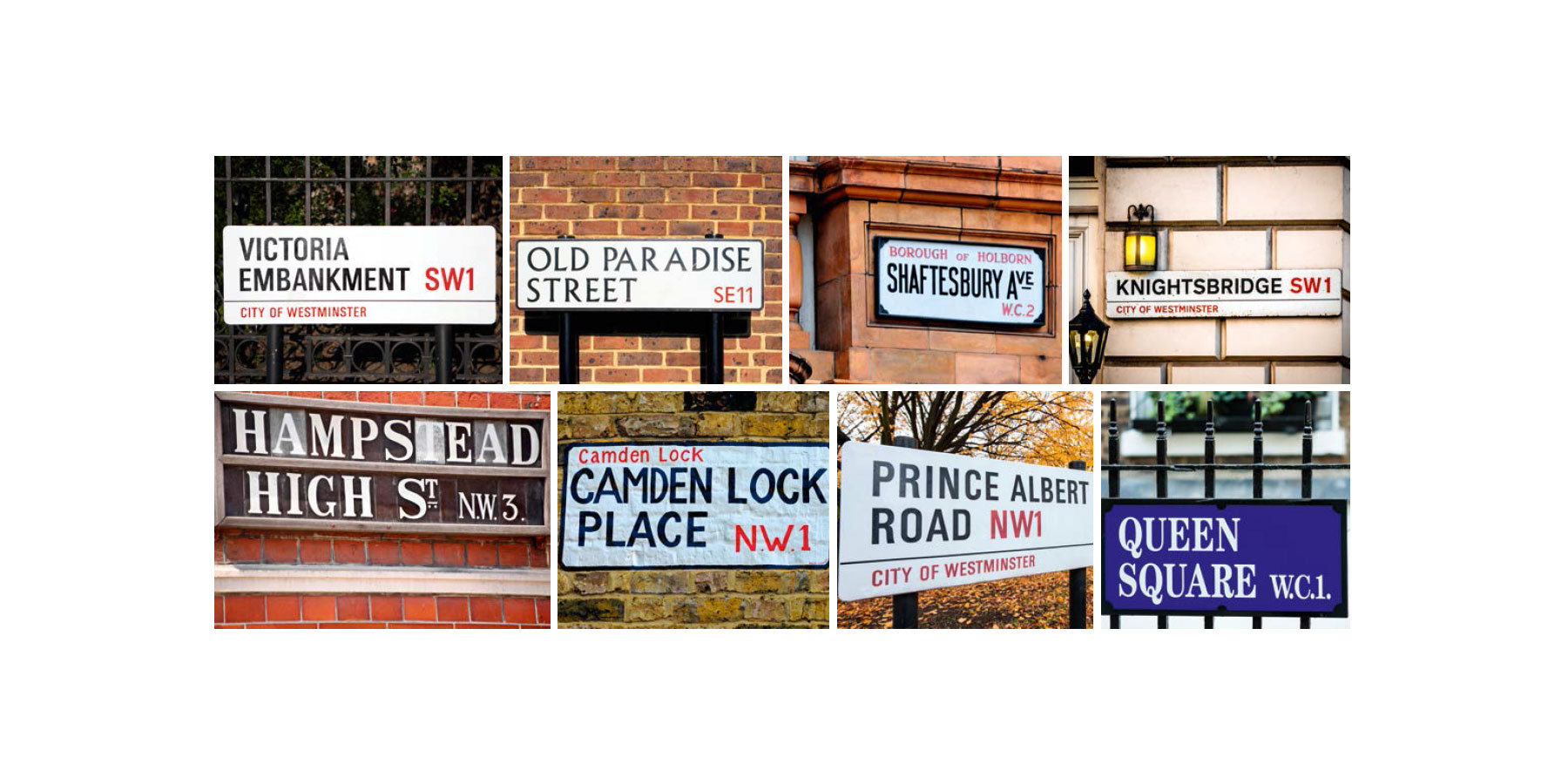Regent's Crescent: The collaboration between George IV and John Nash which became one of London's finest addresses
A rare opportunity for London buyers can be found in the startling reinvention of John Nash’s Regent’s Crescent, finds Holly Kirkwood.


Now known as ‘the jewel in the crown’ of the Royal Parks, Regent’s Park, NW1, was actually one of the later ones to be created for the Royal Family. Originally claimed by Henry VIII as a hunting chase, at the start of the 19th century, the land was mostly made up of tenanted farms on the wrong side of town. But as London began to sprawl north in 1811, the Prince Regent, later George IV, began to see its potential. Keen to make his mark with a new processional road between St James’s and a new royal palace, he developed a plan with architect John Nash for a hugely ambitious project that included a glorious circular park surrounded by elegant terraces, a lake, a canal and more than 50 grand villas.
However, teething problems ensued. The Prince had turned his attention to improvements at Buckingham Palace and there were issues with funding. As a result, some of the original elements in the plan, such as the new palace, were dropped, but the grand processional route along Regent Street and the marvellous circular park surrounded by 11 streets, squares and crescents, all with names connected to royalty, were beautifully realised.

This part of London is an exemplary piece of town planning and is considered to be one of Nash’s masterpieces. As London continued to develop, the area became fashionable with the great and the good. By the 1930s, novelist and Clarence Terrace resident Elizabeth Bowen was able to comment of Regent’s Park: ‘I had always placed this park among the most civilised scenes on Earth.’
A combination of wartime damage and poor rebuilds saw much of the architecture fall into disrepair in the latter half of the 20th century and it is only recently, nearly 200 years after they were originally built, that these historic properties are being restored to their former glory. The central location, parkland setting and architectural pedigree have made this pocket of the capital attractive to high-profile buyers.
Now, after years of meticulous rebuilding work, the only Nash crescent to be restored in its entirety — Regent’s Crescent — has launched to the market. Offering 67 Grade I-listed apartments set behind Nash’s elegant façade, with views across private gardens and into Regent’s Park, Regent’s Crescent combines the elegance of the 19th century with all the conveniences and comforts of a top-flight new build.

Developer CIT worked with PDP London, the architects who brought Park Crescent West to life, to make sure the façade of the building was faithfully restored to the original designs. By piecing together original architects’ drawings for the building, the teams worked closely with English Heritage, Historic England and Westminster Council throughout.
‘We were consulting every step of the way,’ explains head of sales at CIT Christopher Richmond. ‘We very much feel like custodians, and we hope we have respected the responsibility we have to the building and its future.’
Exquisite houses, the beauty of Nature, and how to get the most from your life, straight to your inbox.

As he points out, their commitment even extended to preserving and stabilising a vast 18th-century ice house, which was found on the site during construction.
With one to five bedrooms and ceiling heights of more than 14ft, the proportions inside the apartments are nothing short of majestic. Interior-architecture studio Millier has incorporated traditional design finishes and materials, including herringbone timber flooring and ornate plaster mouldings to reinterpret Regency style for a modern age.

Although the bones of the crescent are historic, inside, the properties are state-of-the-art, offering everything from underfloor heating to smart-home technology. Residents’ amenities include a 9,000sq ft basement featuring a spa, 65½ft swimming pool, spa pool, sauna and steam room, private cinema, valet-operated underground parking, a business centre, 24-hour concierge and security.
Prices start at £2.9 million and climb beyond £20 million through Knight Frank and Savills. Nine garden villas will launch at the end of the year.
Unsurprisingly, more than a quarter of the units have been reserved off-plan and there has been considerable interest from both the UK and overseas, says Mr Richmond. ‘We think this particular combination of history, location, heritage and royalty is extremely attractive.’ It’s an appealing package for any buyer at the top end of the market. One could even imagine that, if he were alive today, the Prince Regent himself might happily move in.
Homes in Regent's Crescent are for sale via Savills and Knight Frank.

Credit: Alamy
Curious Questions: Why do the numbers in London postcodes make no sense?
Gone are the days when postcode snobbery hindered the London housing market, finds Eleanor Doughty. Or are they?

Credit: Strutt & Parker
A seven-bedroom townhouse that has everything – including the biggest price tag in Kensington
47 Phillimore Gardens has everything – one of the most incredible postcodes in England, 6,520 square feet of space and

